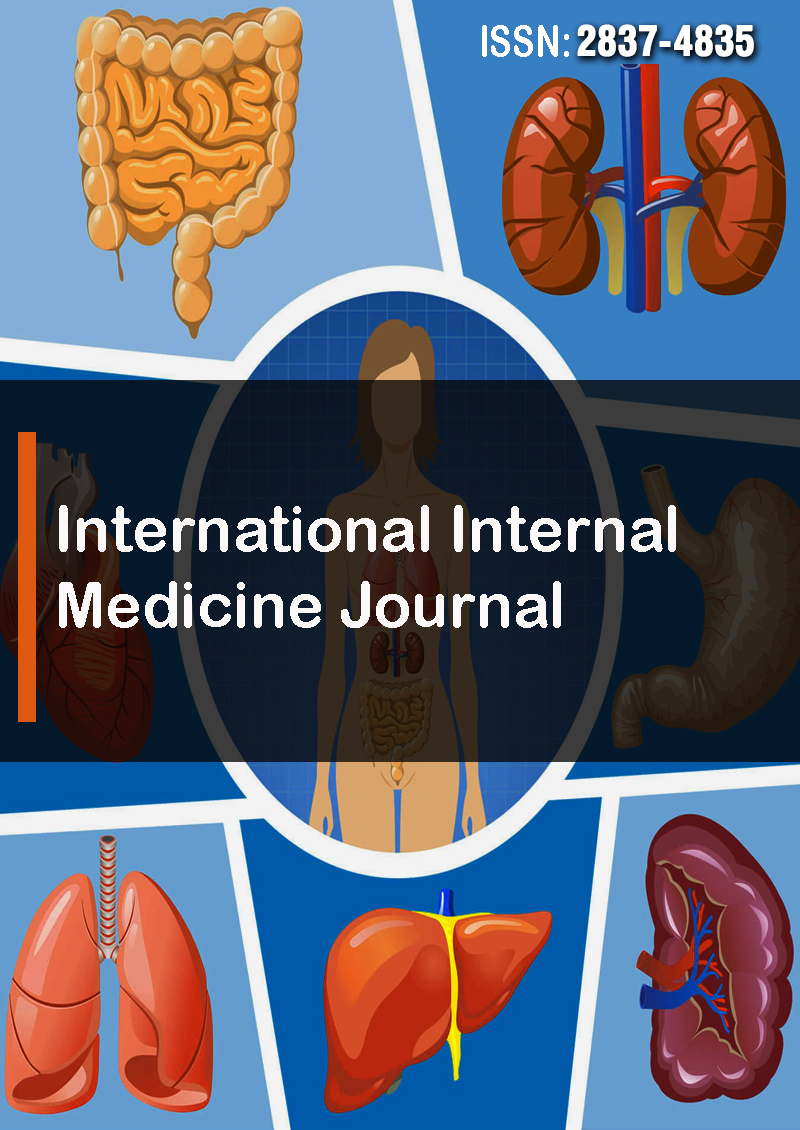Pattern of Kidney Disease Among Hypertensive Patient Attending Cardiac Clinics in Dar-Es Salaam
Abstract
Absalom Maiseri, Yassin Mgonda and Warles Charles
Background: Hypertension is a public health challenge and has become one of the leading causes of kidney disease over the years. Objective: The aim of this study was to determine the patterns of kidney disease among adults with hypertension in Dar es Salaam.
Method: A descriptive cross-sectional study was employed. Social-demographic data were collected from the participants. Blood pressure, body weight and height were measured using a standardized method. Blood samples were collected to measure serum creatinine and the estimated eGFR using CKD EPI2021, while urine was collected for biochemical analysis, the dipstick method and determination of the albumin–creatinine ratio.
Results: A total of 400 hypertensive patients were enrolled. In this study, 287 (72%) were females, and the mean and standard deviation of age were 59.9 and 15 years, respectively. A total of 249 (62%) had a primary education, 232 (58%) were unemployed, 240 (60%) had a history of hypertension for less than 10 years, 346 (86.5%) had no history of alcohol consumption, and 380 (95%) had no history of cigarette smoking. Furthermore, 240 (60%) and 211 (52.8%) had a blood pressure ≥140mmHg for systolic and ≥90mmHg for diastolic blood pressure, respectively. A BMI ≥25 kg/m2 was found among 236 patients (59%). A reduced eGFR (<60 Ml/min/1.73 M2) and microalbuminuria were observed in 119 (30%) and 179 (61.5%) patients, respectively.
Conclusion: The clinical pattern of kidney disease was dominated by AKI (22.3%), nephrotic syndrome (12.8%) and end- stage renal disease (2.8%). Higher systolic blood pressure, advanced age, long-term hypertension and unemployment were significantly associated with a decrease in the eGFR. An increase in body mass index was significantly associated with an increase in albuminuria.



